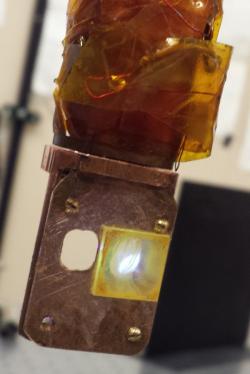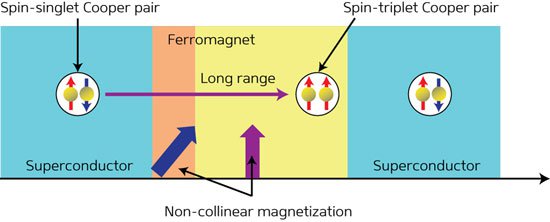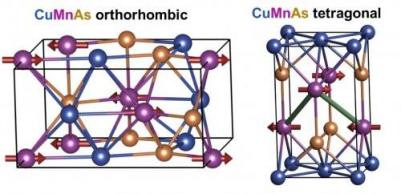New Platinum-doped Polymer materials may enable memory Spintronics devices
Researchers from the University of Utah (the same professor whose "Spin Effects in Organic Optoelectronic Devices" talk we just posted on) developed a new platinum-doped polymer that can be used to create light emitting devices, efficient OLEDs and OPVs and perhaps even Spintronics-based memory devices.

The basic idea is to take an organic polymer and insert (dope) platinum atoms at different intervals. Different intervals result in different light colors - including white. So the same molecule can emit different colored light at the same time and thus achieve white light. The researchers created two versions of the same polymer. The Pt-1, which emits violet and yellow light as it has a platinum atom in every unit or link. The Pt-3 has a platinum atom every third unit and it emits blue and orange light. We do not have more information regarding how these materials can be used as Spintronics devices.

